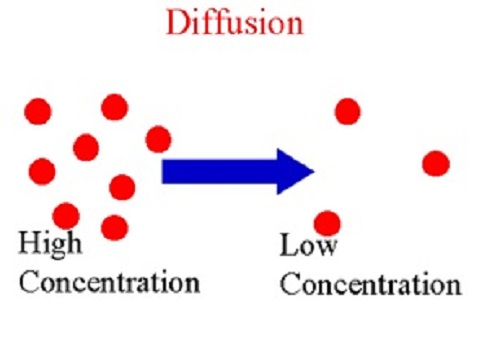- In simpler terms, physiology refers to the processes and functions that take place inside the body cells of organisms.
Read More On
- Cell physiology refers to the study of functions of the cell structures. The cell structures perform various functions of life. In particular:
- Chloroplasts play a vital role in carbohydrate synthesis.
- Mitochondrion produces energy required to carry out life processes.
- Ribosomes manufacture of proteins.
- For photosynthesis to occur, carbon (IV) oxide, mineral salts and water have to be taken into the chloroplasts.
- For respiration (energy production) to take place, food substrate such as glucose and oxygen have to be taken into the mitochondrion. Energy, carbon (IV) oxide, water and alcohol (in plants) are some of the end products of respiration.
- Some of the end products of the physiological processes such as carbon (IV) oxide can be harmful when allowed to accumulate in the cells. They, thus, have to be eliminated from the cells.
- This implies that there is a constant flow of materials in and out of the cells and the cell organelles where these physiological processes are taking place. There is a constant movement of materials across the cell membrane in the cells.





